Home>Pantry Storage>When Storing Food What Is The Best Way To Prevent Food Waste
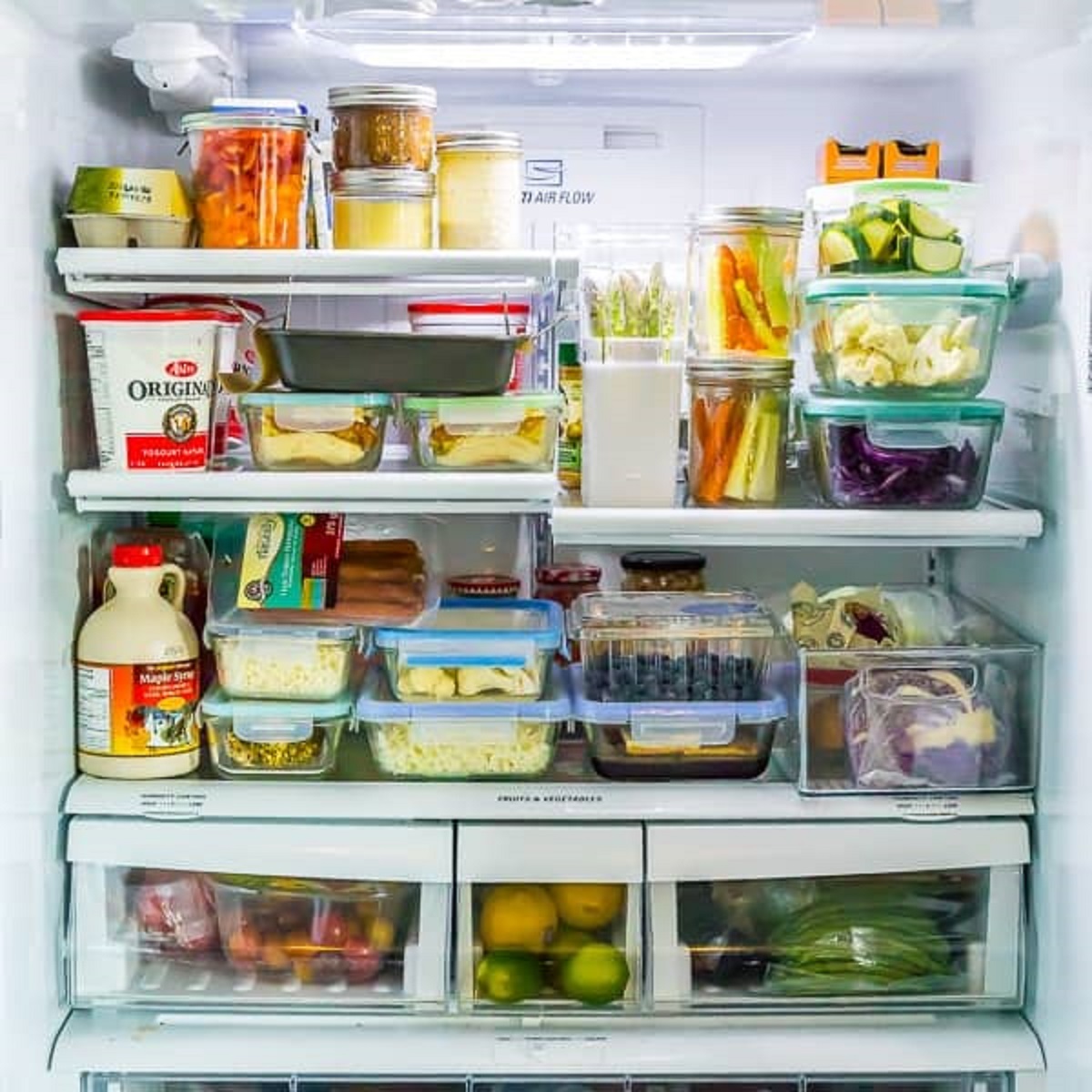

Pantry Storage
When Storing Food What Is The Best Way To Prevent Food Waste
Modified: January 18, 2024
Discover the best ways to prevent food waste with proper pantry storage. Learn how to keep your food fresh longer and reduce waste. Find out more now!
(Many of the links in this article redirect to a specific reviewed product. Your purchase of these products through affiliate links helps to generate commission for Storables.com, at no extra cost. Learn more)
Introduction
Welcome to the world of pantry storage! As households, we often strive to stock our pantries with a variety of food items to ensure we have what we need when hunger strikes. However, without proper organization and storage practices, we may find ourselves faced with food waste and spoiled ingredients.
Food waste not only affects our wallets but also has a significant impact on the environment. According to the Food and Agriculture Organization (FAO) of the United Nations, approximately one-third of the food produced for human consumption is wasted globally, contributing to greenhouse gas emissions and other environmental issues.
Preventing food waste starts with understanding the importance of proper food storage. By implementing best practices and utilizing the available pantry storage solutions, we can ensure that our food stays fresh for longer, minimizing waste and maximizing the use of what we have.
In this article, we will explore various strategies and tips to help you effectively store food in your pantry, preventing unnecessary waste and ultimately saving you money.
Key Takeaways:
- Proper pantry storage is crucial for preventing food waste, preserving nutritional value, and reducing the risk of foodborne illness. Understanding expiration dates and organizing your fridge and pantry are key to maximizing food usage.
- Utilizing suitable storage containers, maintaining correct temperatures, preventing cross-contamination, and implementing meal planning are effective strategies for minimizing food waste and promoting sustainable living.
Read more: How To Store Nuclear Waste
Understanding Food Waste
Before diving into the best practices for pantry storage, it is essential to understand the concept of food waste. Food waste refers to the edible food that is discarded or spoilt, either at the production, processing, retail, or consumer stage. This can occur due to various reasons, such as overbuying, improper storage, or simply neglecting to use it before it goes bad.
Food waste has far-reaching consequences, both on an individual and global scale. When we waste food, we not only waste the resources and energy that went into its production but also contribute to greenhouse gas emissions and other environmental issues. Moreover, it is a missed opportunity to address food insecurity and hunger around the world.
To combat food waste, we must take a proactive approach, starting with how we store our food in our pantries. By implementing efficient storage practices, we can extend the shelf life of our food and reduce the chances of it going to waste.
Now let’s delve into the importance of proper food storage and how it can help us prevent food waste in our homes.
Importance of Proper Food Storage
Proper food storage is crucial for maintaining the quality and freshness of our food items. By understanding and implementing the best practices for pantry storage, we can extend the shelf life of our food, preventing unnecessary waste. Here are some key reasons why proper food storage is important:
- Preserving Nutritional Value: Proper storage helps retain the nutritional value of our food. Exposure to air, light, and heat can cause foods to lose essential vitamins, minerals, and antioxidants. By utilizing suitable storage containers and keeping our pantry organized, we can ensure that our food remains nutrient-rich.
- Minimizing Spoilage: Incorrect storage conditions can lead to premature spoilage of food items. Properly sealed containers, appropriate temperature control, and separating fruits and vegetables can prevent cross-contamination and slow down the spoilage process. This helps us maximize the use of our ingredients and reduces the chances of throwing away spoiled food.
- Reducing the Risk of Foodborne Illness: Poorly stored food can become a breeding ground for bacteria and foodborne pathogens. Temperature control, separate storage for raw and cooked foods, and proper sanitation of storage containers are vital in reducing the risk of foodborne illnesses. By following these practices, we can safeguard the health of our household members.
- Financial Savings: Proper food storage can save us money in the long run. When we store food correctly, it lasts longer and reduces the need for frequent grocery trips. We can take advantage of sales and bulk purchases without worrying about the food going bad. By minimizing food waste, we make the most of our purchases and stretch our budgets.
- Environmental Impact: Food waste has a significant environmental impact, contributing to greenhouse gas emissions and other ecological problems. By implementing proper pantry storage practices, we reduce the amount of food we throw away, thus minimizing our carbon footprint and conserving resources. It is a small but significant step towards a more sustainable future.
In the next sections, we will explore the best practices for pantry storage to help you prevent food waste and make the most of the food items in your home.
Best Practices for Preventing Food Waste
Preventing food waste starts with implementing effective pantry storage practices. By following these best practices, you can extend the shelf life of your food items and reduce the chances of them going to waste. Let’s explore some key strategies:
- Understanding Expiration Dates: Familiarize yourself with the different types of expiration dates on food packaging. The “sell-by” date indicates the last day the store should sell the product, while the “best-by” or “use-by” date signifies the optimal quality of the item. However, these dates are not strict indicators of food safety. Use your judgment and sensory evaluation to determine if a food item is still good to eat.
- Properly Organizing Your Fridge and Pantry: Keep your pantry and fridge organized to easily identify and access food items. Use a “first in, first out” approach, where you consume the older items before the newer ones. Rotate your stock to avoid forgotten items expiring at the back of the shelves.
- Using Suitable Storage Containers: Invest in airtight containers for storing grains, cereals, nuts, and other dry goods. Use transparent containers to easily identify their contents. For leftovers, choose containers that are freezer-safe and stackable. Properly sealed containers help maintain freshness and prevent odors from spreading.
- Storing Food in the Correct Temperature: Different food items have specific temperature requirements for storage. Keep your fridge at or below 40°F (4°C) and your freezer at 0°F (-18°C) to inhibit bacterial growth. Store perishable items, such as dairy and meats, in the coldest areas of the fridge. Avoid overfilling the fridge, as it may hinder proper air circulation.
- Preventing Cross-Contamination: Separate raw meats and seafood from other food items to prevent cross-contamination and reduce the risk of foodborne illnesses. Use separate cutting boards and utensils for different types of food. Store raw meats in leak-proof containers or on the bottom shelf to prevent their juices from coming into contact with other items.
- Utilizing Leftovers and Meal Planning: Incorporate leftovers into your meal planning to minimize food waste. Designate a specific day of the week for “leftover meals” or repurpose them creatively in new dishes. Plan your meals in advance, considering the ingredients you already have on hand to avoid overbuying and wasting food.
By implementing these best practices, you can make a significant impact in reducing food waste and maintaining a well-organized pantry. Preventing food waste not only benefits your household financially but also contributes to a more sustainable and eco-friendly future.
In the next section, we will conclude our discussion on pantry storage and summarize the key takeaways.
Understanding Expiration Dates
When it comes to preventing food waste, understanding expiration dates is crucial. Many food items come with different types of expiration dates, which can be confusing to decipher. Here’s a breakdown of the common types of expiration dates and what they mean:
- Sell-By Date: The sell-by date is the date recommended by the manufacturer for the store to sell the product. It indicates the last day of quality guarantee for the store. However, it does not necessarily mean that the food item becomes unsafe to consume immediately after this date.
- Best-By Date: The best-by or best-before date indicates the optimal quality of the food item. It suggests that the product will be at its peak freshness and flavor before this date. However, it does not imply that the food becomes unsafe to eat once it passes the best-by date. Use your judgment and sensory evaluation to determine if the item is still suitable for consumption.
- Use-By Date: The use-by date is similar to the best-by date and refers to the recommended date for consuming the item to ensure its peak quality. However, as with the previous dates, it doesn’t mean that the food automatically becomes unsafe after this date. It’s essential to evaluate the condition of the food item before consuming it past the use-by date.
It’s important to note that these dates are not standardized and can vary from product to product. They are mainly provided as a guideline to help consumers maintain the quality of the food item. Trust your senses, such as smell, appearance, and taste, to assess if a food item is still safe to eat.
Additionally, proper storage practices can help extend the shelf life of food items beyond the indicated dates. For example, storing perishable items like meat and dairy products at the correct temperature in the refrigerator can help delay spoilage and maintain their freshness.
By understanding and correctly interpreting expiration dates, you can effectively manage your pantry storage, reduce food waste, and make the most of the items you have on hand. In the next section, we will explore the importance of properly organizing your fridge and pantry to prevent food waste.
Read more: 6 Ways You Are Wasting Space In Your Kitchen
Properly Organizing Your Fridge and Pantry
Proper organization is essential for preventing food waste in your fridge and pantry. A well-organized storage system allows you to easily identify and access food items, reducing the chances of them getting lost or forgotten and eventually going to waste. Here are some tips for organizing your fridge and pantry effectively:
Organizing Your Fridge:
- First In, First Out: Adopt a “first in, first out” approach when organizing your fridge. Place the newer items towards the back and bring the older ones to the front. This ensures that you use up the older items before they expire.
- Categorize and Group: Categorize your food items and group them accordingly. Keep similar items together, such as dairy products, condiments, or beverages. This makes it easier to find what you need and prevents items from getting lost in the fridge.
- Utilize Storage Containers: Invest in clear, stackable storage containers for your fridge. These containers help maximize shelf space and keep items organized. You can use them for storing leftovers, pre-cut fruits and vegetables, or small jars and bottles.
- Labeling: Consider using labels or markers to indicate the contents and date of storage on your storage containers. This helps you track the freshness of the items and reduces the chances of forgetting about them.
- Maintain Cleanliness: Regularly clean and remove any spoiled or expired items from your fridge. Keep it free from spills and organize it in a way that allows proper air circulation to maintain optimal freshness.
Organizing Your Pantry:
- Group Similar Items: Categorize your pantry items based on their type, such as grains, canned goods, spices, or baking supplies. Grouping similar items together makes it easier to locate and use them efficiently.
- Use Clear Containers and Labels: Transfer dry goods, like rice, pasta, or cereal, into clear, airtight containers. This not only helps keep them fresh but also allows you to see the quantity and identify when you might need to restock. Don’t forget to label the containers with the item and purchase or expiry date.
- Organize by Expiry Date: Arrange your pantry items according to their expiry dates. Store the ones with the closest expiration dates at the front, so you’re more likely to use them before they go bad.
- Consider Shelf Organizers: Utilize shelf organizers or risers to maximize vertical space in your pantry. These can help create additional storage levels, making it easier to see and access items stored in the back.
- Regularly Check and Rotate: Regularly check your pantry for expired or soon-to-expire items. Be mindful of what you have and plan your meals accordingly to make use of those ingredients. Rotate your stock by moving older items to the front and placing newer items towards the back.
By implementing these organizing strategies, you can maintain a well-structured and efficient storage system in your fridge and pantry. This will not only help prevent food waste but also save you time and frustration when searching for ingredients. In the next section, we will explore the importance of using suitable storage containers for preserving food freshness.
Using Suitable Storage Containers
Choosing the right storage containers is key to preserving the freshness and quality of your food items. Suitable containers help protect your food from air, moisture, and contaminants, preventing premature spoilage and food waste. Here are some tips for selecting and using appropriate storage containers:
- Airtight Containers: Invest in airtight containers for storing dry goods like grains, cereals, nuts, and seeds. These containers create a barrier against moisture, insects, and air, keeping your food items fresh for longer.
- Transparent Containers: Opt for transparent containers whenever possible. Clear containers allow you to easily see the contents inside, preventing avoidable food waste from forgetting what you have or mistakenly overlooking items.
- Correct Container Sizes: Choose storage containers that are appropriately sized for your food items. Large containers can leave excess air space, which promotes faster spoilage. On the other hand, overly small containers can cause damage to delicate foods or make it difficult to retrieve items without causing spills or mess.
- Freezer-Safe Containers: If you plan on freezing leftovers or storing food for longer periods, make sure to use containers that are specifically labeled as freezer-safe. These containers are designed to withstand the low temperatures of the freezer and prevent freezer burn.
- Stackable and Nested Containers: Consider using stackable or nested storage containers to maximize your pantry space. These containers can be easily stacked or nested when not in use, minimizing clutter and making the most of your storage area.
- Removable Labels: Use removable labels or write directly on the containers to indicate the contents and date of storage. This helps you keep track of the freshness of your food and ensures that older items are used first to minimize waste.
- Eco-Friendly Options: Opt for reusable and eco-friendly storage containers whenever possible. Glass or stainless steel containers are durable, non-toxic, and can be reused for years, reducing plastic waste in the long run.
Remember to clean your storage containers regularly to maintain their freshness and prevent odors. Avoid using containers with cracks or damaged seals, as they can compromise the integrity of the food inside.
By using suitable storage containers, you can extend the shelf life of your food items, reduce food waste, and keep your pantry well-organized. In the next section, we will explore the importance of storing food at the correct temperature to ensure its longevity.
Store food in airtight containers to prevent spoilage and extend shelf life. Keep track of expiration dates and use older items first to minimize waste.
Read more: How To Store Flour To Prevent Bugs
Storing Food in the Correct Temperature
Proper temperature control is essential for storing food and preventing spoilage. Different types of food have specific temperature requirements to maintain their freshness and quality. Here are some guidelines for storing food at the correct temperature:
- Refrigerator: Set your refrigerator temperature at or below 40°F (4°C). This temperature range inhibits the growth of bacteria, keeping your food safe and fresh. Use a refrigerator thermometer to ensure that the temperature is consistently maintained.
- Perishable Items: Store perishable items, such as dairy products, raw meats, poultry, and seafood, in the coldest parts of the refrigerator. This includes the bottom shelves and drawers specifically designed for storing such items.
- Raw and Cooked Separation: To prevent cross-contamination, store raw meats, poultry, and seafood in sealed containers or leak-proof bags on the lowest shelf. Keep them separate from ready-to-eat or cooked foods to avoid the risk of foodborne illnesses.
- Produce Storage: Some fruits and vegetables are sensitive to cold temperatures and can lose their texture and flavor when refrigerated. Store these items at room temperature, unless otherwise specified. On the other hand, store leafy greens and delicate produce in the refrigerator to maintain their freshness.
- Freezer: Keep your freezer temperature at 0°F (-18°C) or below to preserve the quality of frozen foods. Be mindful not to overfill your freezer, as it can restrict proper air circulation and lead to uneven temperatures.
- Packing for Freezing: When freezing food, ensure that it is properly packaged to maintain its quality. Use freezer-safe containers or bags that are airtight and resistant to moisture and freezer burn. Squeeze out excess air from bags before sealing them to prevent ice crystals from forming.
- Thawing Frozen Food: When thawing frozen food, do so in the refrigerator, under cold running water, or in the microwave. Avoid thawing at room temperature, as this can promote bacterial growth. Once thawed, consume the food promptly or cook it immediately.
It’s important to note that food left at room temperature for an extended period can become unsafe to eat. Avoid leaving perishable foods out for more than two hours (or one hour in temperatures above 90°F/32°C) to prevent the growth of bacteria.
By storing your food at the correct temperature, you can maintain its freshness, maximize its shelf life, and minimize waste. In the next section, we will discuss how to prevent cross-contamination and ensure food safety while storing it.
Preventing Cross-Contamination
Cross-contamination occurs when harmful bacteria or pathogens from one food item are transferred to another, potentially causing foodborne illnesses. Proper storage practices help prevent cross-contamination and ensure the safety of your food. Here are some tips to prevent cross-contamination:
- Separate Raw and Cooked Foods: Keep raw meats, poultry, seafood, and their juices separate from cooked or ready-to-eat foods. This helps prevent the transfer of bacteria or pathogens. Store raw meats in leak-proof containers or sealed bags, and place them on the lowest shelves to prevent any potential drips or spills.
- Use Separate Cutting Boards and Utensils: Designate specific cutting boards and utensils for raw meats and another set for fruits, vegetables, and other cooked foods. This prevents cross-contamination from occurring during preparation and reduces the risk of bacteria spreading.
- Practice Proper Sanitation: Regularly clean and sanitize your cutting boards, utensils, and kitchen surfaces to eliminate bacteria. Use hot, soapy water or a sanitizing solution to ensure thorough cleaning.
- Wash Hands Frequently: Proper hand hygiene is essential in preventing cross-contamination. Wash your hands with warm water and soap before and after handling raw meats, vegetables, or other food items. This reduces the likelihood of bacteria spreading from your hands to the food.
- Store Foods in Containers: Avoid storing food items directly on refrigerator or pantry shelves. Instead, use sealed containers or bags to prevent any potential cross-contamination from other items or spills.
- Properly Label Foods: Clearly label containers to identify the contents and avoid confusion. This helps prevent mixing up different food items and safeguards against accidental cross-contamination.
- Stack Properly: When storing different food items in the refrigerator or pantry, be mindful of how you stack them. Avoid placing raw meats or juices above ready-to-eat foods, as any leakage can potentially contaminate the items below.
By following these practices, you can minimize the risk of cross-contamination and ensure the safety of your food. Paying attention to proper food handling and storage not only prevents illness but also reduces food waste by maintaining the quality and freshness of your ingredients.
In the next section, we will discuss how utilizing leftovers and practicing meal planning can help further reduce food waste and make the most of your pantry storage.
Utilizing Leftovers and Meal Planning
Utilizing leftovers and practicing meal planning are effective strategies to prevent food waste and maximize the use of your pantry storage. By planning your meals and creatively repurposing leftovers, you can reduce waste and save both money and time. Here are some tips for utilizing leftovers and implementing meal planning:
- Designate a Leftover Day: Dedicate a specific day of the week as a “leftover day” where you can enjoy various leftover dishes. This not only helps clear out the fridge but also prevents leftovers from going to waste.
- Get Creative with Leftovers: Think outside the box when repurposing leftovers. Transform cooked chicken into a flavorful salad, or use leftover vegetables for a stir-fry or omelette. By combining ingredients in different ways, you can create delicious and unique meals.
- Plan Meals in Advance: Take time to plan your meals for the upcoming week. Consider the ingredients you already have on hand and incorporate them into your meal plan. This ensures that you utilize what you already have and reduces the need for excessive grocery shopping.
- Make a Shopping List: Once you have planned your meals, create a shopping list accordingly. Having a list helps you stay focused at the grocery store and avoids impulse purchases or buying duplicate items.
- Buy in Bulk: Buying staple items in bulk can be cost-effective. However, be mindful of the quantities you purchase to avoid food waste. Consider dividing larger portions into smaller, freezer-friendly portions for future use.
- Practice Proper Portioning: Serve appropriate portion sizes to prevent excessive leftovers. Start with smaller portions and allow family members to serve themselves seconds if desired. This reduces the likelihood of leftover food being discarded.
- Freeze Leftovers: If you anticipate not being able to consume leftovers within a few days, freeze them for future use. Properly store leftovers in freezer-safe containers or bags, ensuring they are labeled with the contents and date of storage.
- Eat Perishable Foods First: When meal planning, prioritize using perishable foods, such as fresh fruits, vegetables, and dairy products, earlier in the week. This ensures they are consumed before they spoil and allows you to plan meals around those ingredients.
By utilizing leftovers and implementing meal planning, you can minimize food waste, save money, and reduce the burden on your pantry storage. These practices promote efficient utilization of ingredients and encourage more mindful consumption.
Now that we have explored the best practices for preventing food waste through proper pantry storage, let’s recap the key takeaways in the concluding section.
Conclusion
Proper pantry storage is essential for preventing food waste and maximizing the use of our ingredients. By implementing best practices and following simple strategies, we can extend the shelf life of our food and contribute to a more sustainable future. Throughout this article, we have explored various aspects of pantry storage and ways to prevent food waste. Let’s summarize the key takeaways:
First and foremost, understanding food waste and its consequences is crucial. By realizing the impact of food waste on our wallets and the environment, we become motivated to make a difference through proper pantry storage.
Importantly, proper food storage helps maintain the nutritional value of our food, minimizes spoilage, reduces the risk of foodborne illness, saves money, and has a positive environmental impact.
Understanding expiration dates is essential for managing our pantry items effectively. We must differentiate between “sell-by,” “best-by,” and “use-by” dates and use our senses to determine if a food item is still suitable for consumption.
Organizing our fridge and pantry is key to preventing food waste. The “first in, first out” approach, categorizing items, and utilizing suitable storage containers ensure that we use up older items before they spoil.
Choosing the right storage containers is vital for maintaining the freshness of our food. Airtight containers, transparent containers for easy identification, and using correct container sizes contribute to proper food storage.
Storing food at the correct temperature is essential to prevent spoilage. Setting the refrigerator at or below 40°F (4°C) and the freezer at 0°F (-18°C) helps maintain food safety and preserves the quality of our ingredients.
Preventing cross-contamination is crucial for food safety. Separating raw and cooked foods, using separate cutting boards and utensils, practicing proper sanitation, and storing foods in containers help minimize the risk of bacterial contamination.
Utilizing leftovers and implementing meal planning are effective ways to reduce food waste. By creatively repurposing leftovers and planning meals in advance, we can make the most of our pantry items, save money, and minimize waste.
In conclusion, by incorporating these best practices into our pantry storage routine, we can make a significant impact in reducing food waste. Not only will we save money and time, but we will also contribute to a more sustainable and environmentally conscious lifestyle. Let’s strive to be mindful of our pantry storage practices and do our part in combating food waste.
Frequently Asked Questions about When Storing Food What Is The Best Way To Prevent Food Waste
Was this page helpful?
At Storables.com, we guarantee accurate and reliable information. Our content, validated by Expert Board Contributors, is crafted following stringent Editorial Policies. We're committed to providing you with well-researched, expert-backed insights for all your informational needs.


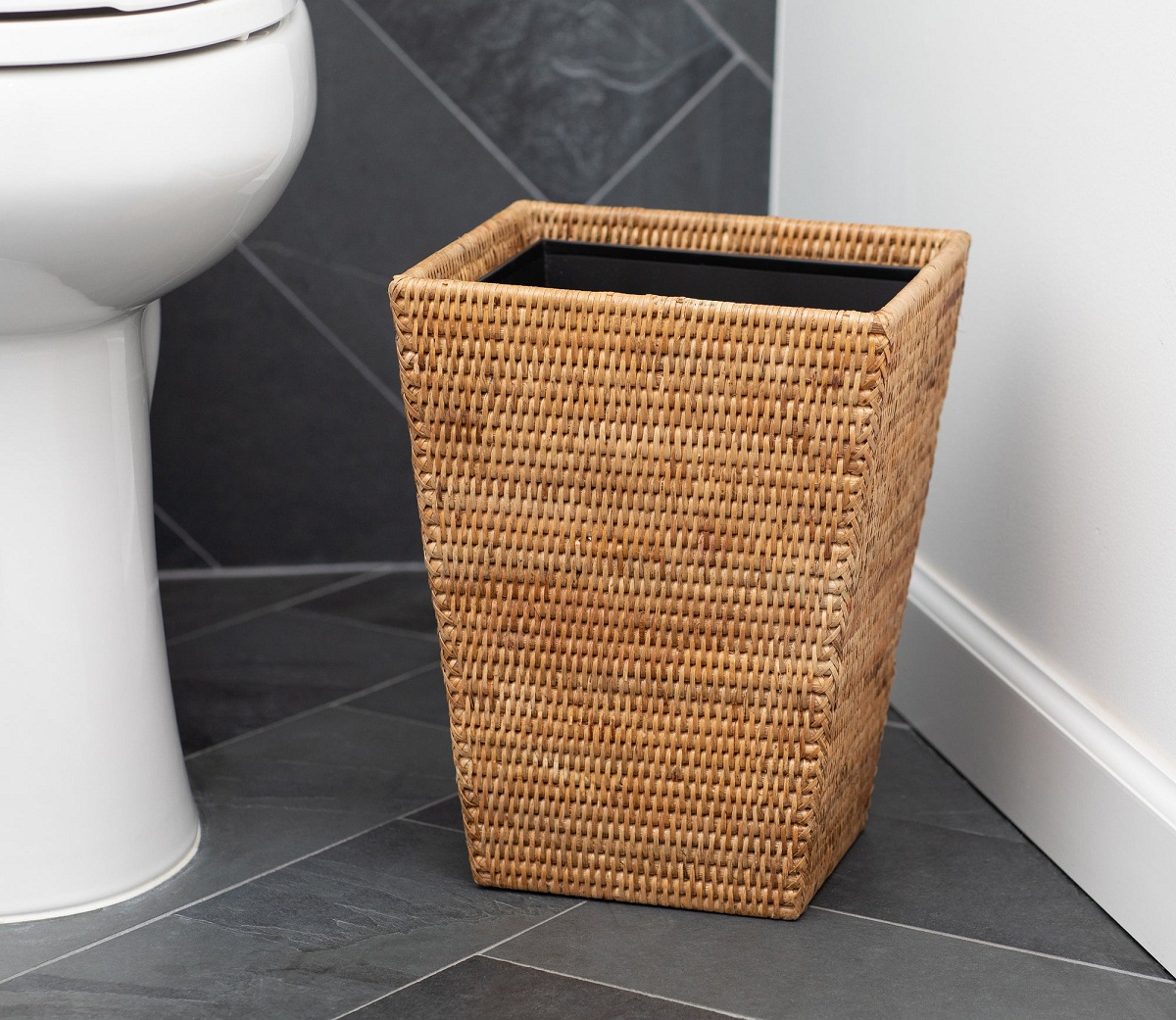



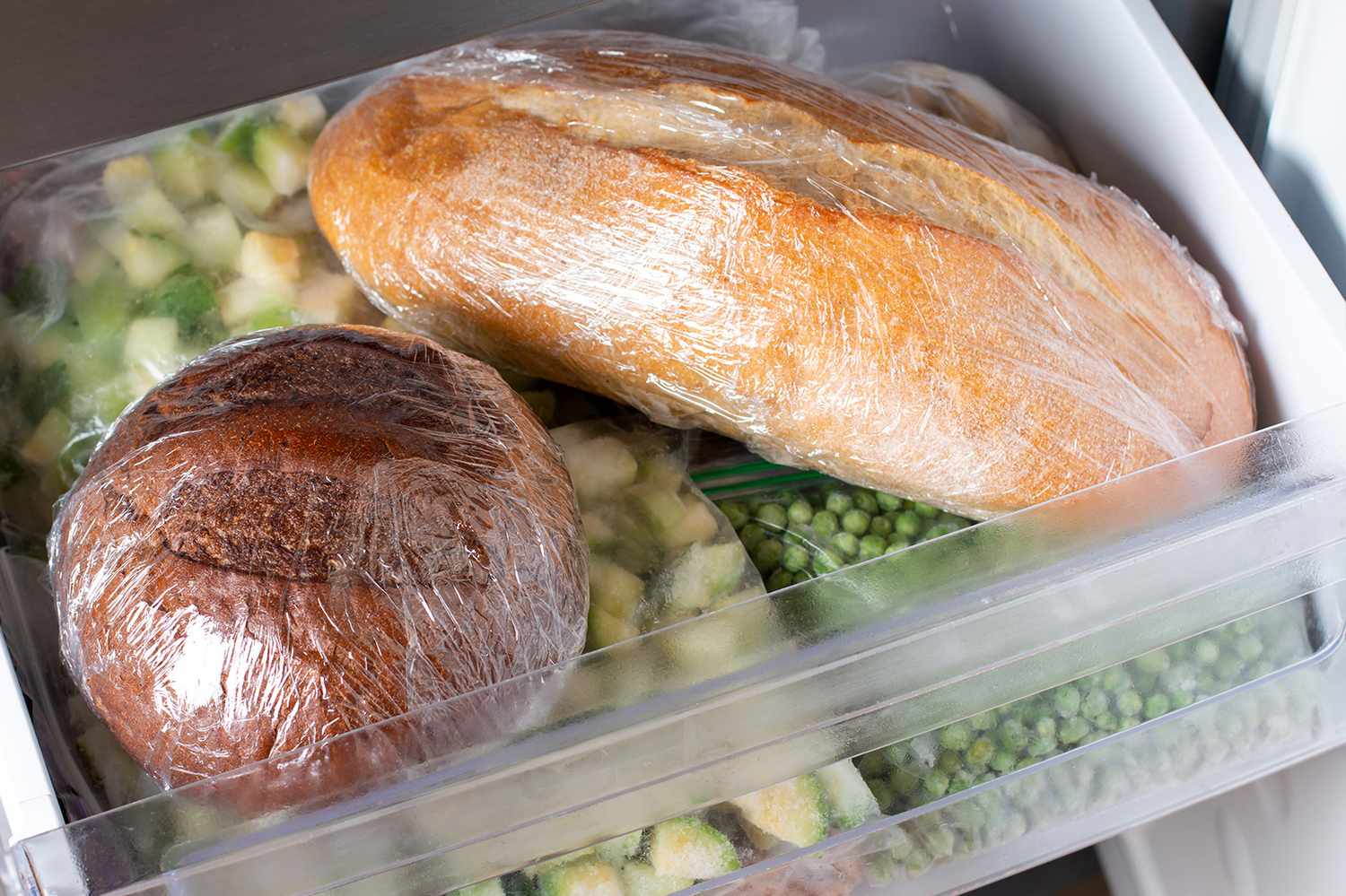


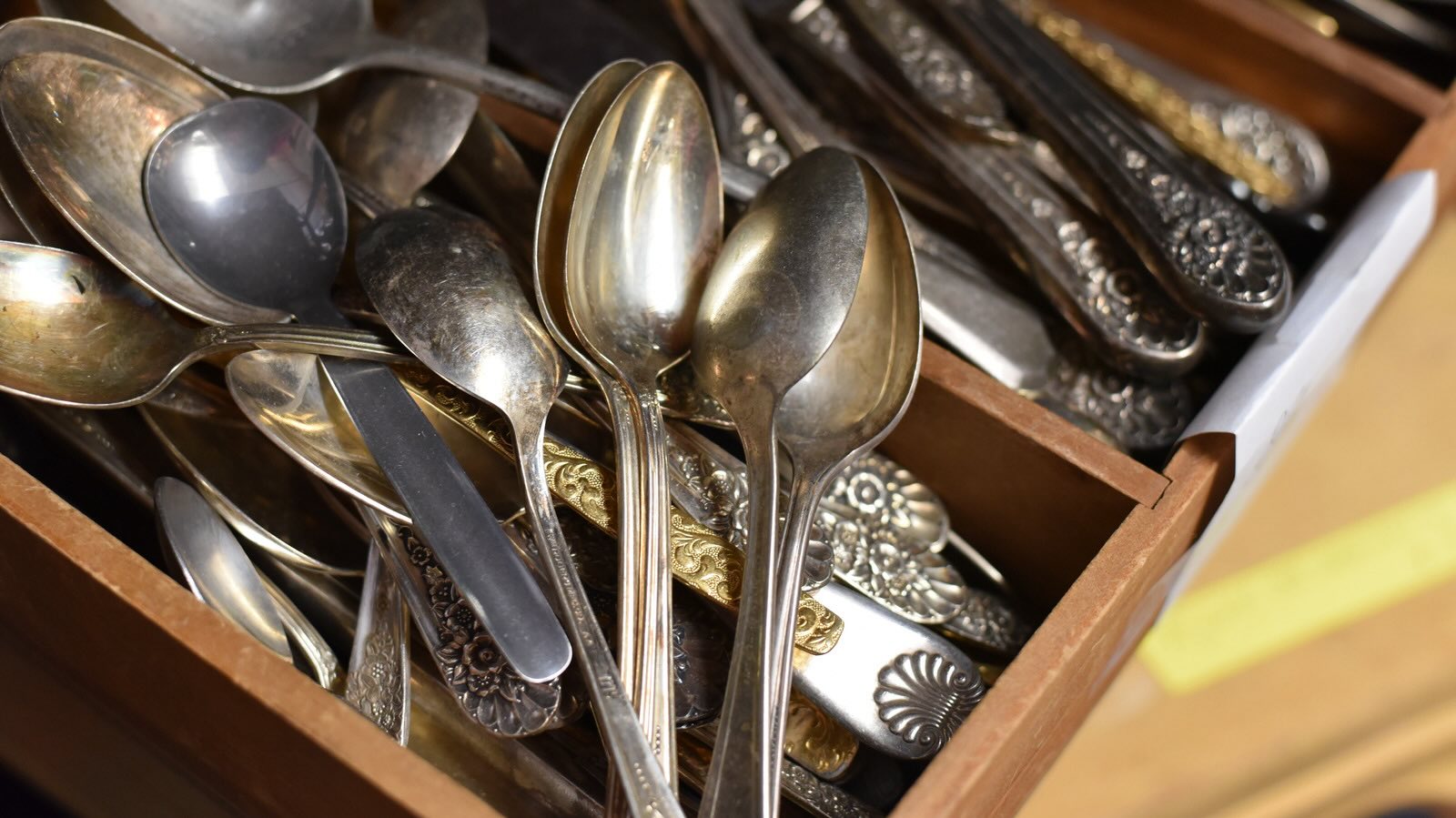
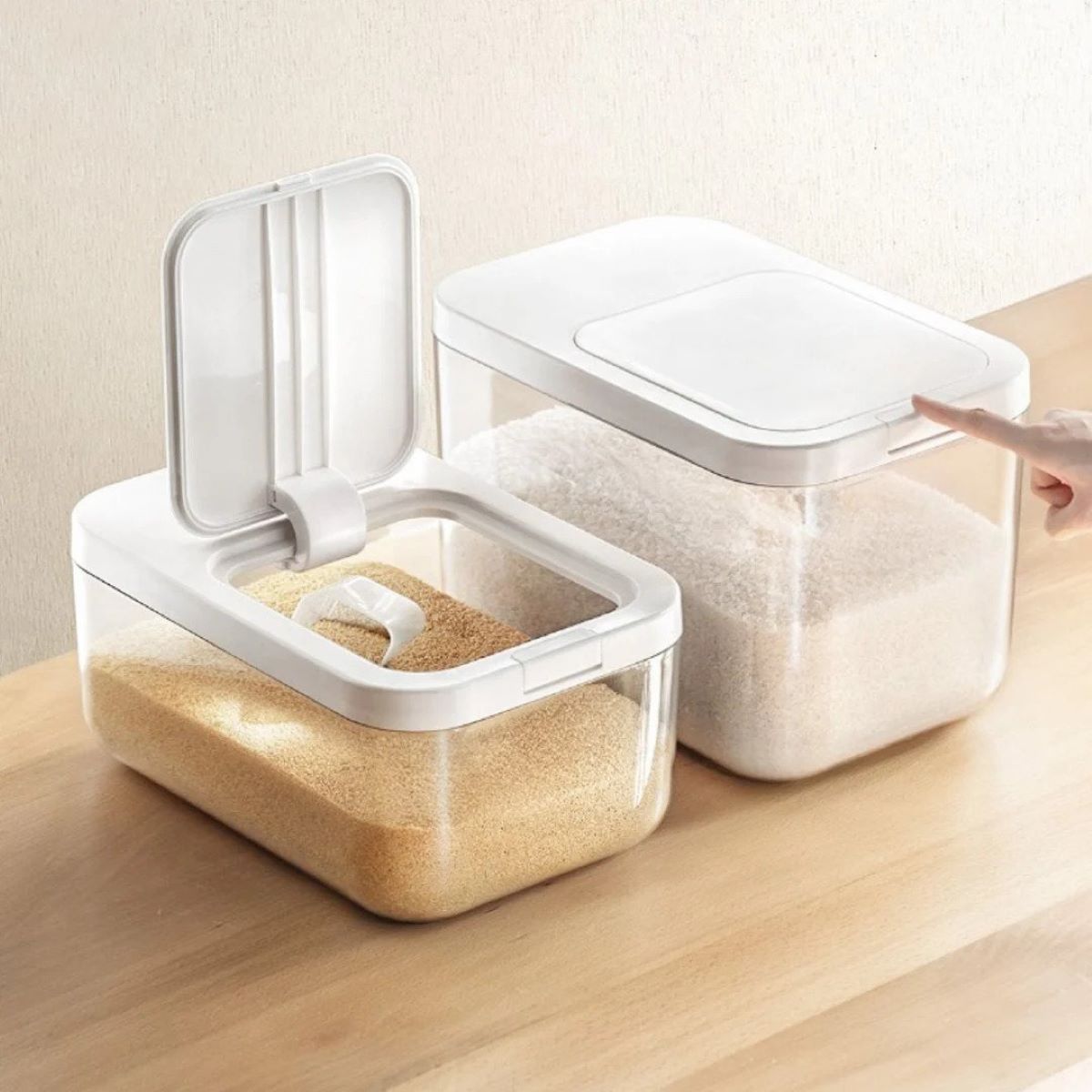



0 thoughts on “When Storing Food What Is The Best Way To Prevent Food Waste”